MiMo Cross Polarised 3G / 4G Yagi Antenna Kit
What is MiMo? MiMo stands for Multiple Input/Multiple Output signal that uses several transceivers and antennae to improve throughput and range of the wireless network. Both APs and clients can use MIMO, though it is most often a feature of APs.
While it involves multiple technologies, MIMO can essentially be boiled down to this single principle: a wireless network that allows the transmitting and receiving of more than one data signal simultaneously over the same radio channel.
The advantage of a MIMO network over a regular one is that it can multiply the capacity of a wireless connection without requiring more spectrums.
Features:
- For use in conjunction with 3G or 4G cellular routers/repeaters (not provided) offers improved signal
- reception in fringed areas.
- Pre-fitted 5m dual coax SMA lead, can be used with SMA adaptors
- Weatherproof for external use.
- The MIMO aerials are compatible with the following transmissions GSM, DCS, UMTS, HSDPA, LTE.
Frequencies used by Virtual networks
Asda Mobile
- 1800MHz (2G)
- 2100MHz (3G & 4G)
- 2600MHz (4G)
BT Mobile
- 800MHz (4G)
- 1800MHz (2G & 4G)
- 2100MHz (3G & 4G)
- 2600MHz (4G)
- 3400MHz (5G)
iD Mobile
- 800MHz (4G)
- 1800MHz (4G)
- 2100MHz (3G)
Giffgaff
- 800MHz (4G)
- 900MHz (2G & 3G)
- 1800MHz (2G & 4G)
- 2100MHz (3G & 4G)
- 2300MHz (4G)
Lebara Mobile
- 800MHz (4G)
- 900MHz (2G & 3G)
- 1400MHz (4G)
- 1800MHz (2G)
- 2100MHz (3G)
- 2600MHz (4G)
Lyca Mobile
- 800MHz (4G)
- 900MHz (2G & 3G)
- 1800MHz (2G & 4G)
- 2100MHz (3G & 4G)
- 2300MHz (4G)
Tesco Mobile
- 800MHz (4G)
- 900MHz (2G & 3G)
- 1800MHz (2G & 4G)
- 2100MHz (3G & 4G)
- 2300MHz (4G)
Virgin Mobile
- 1800MHz (2G & 4G)
- 2100MHz (3G)
- 2600MHz (4G)
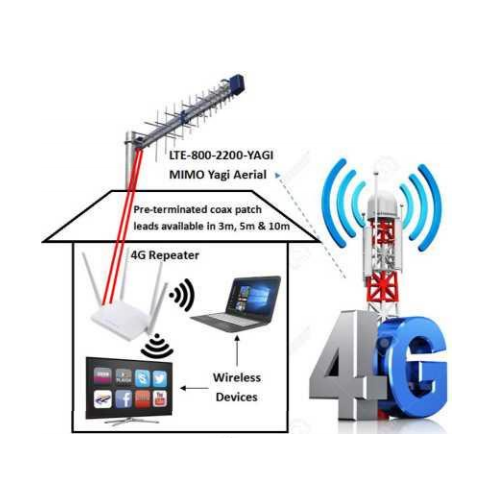
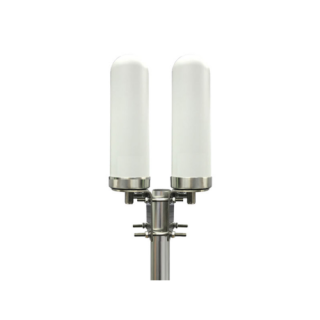
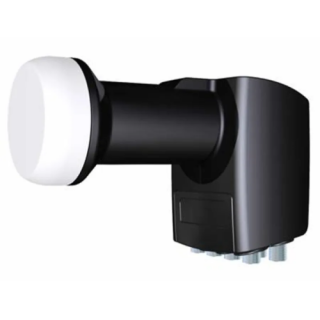
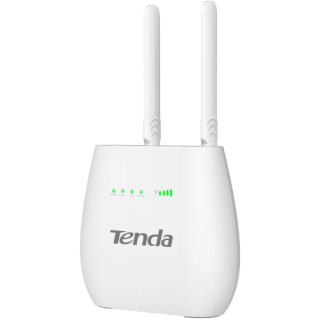
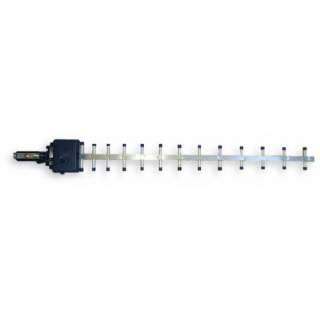
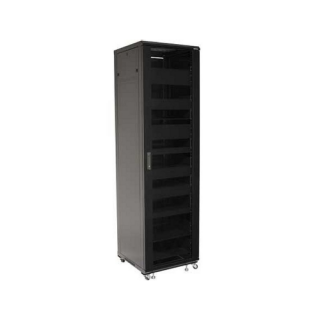
Reviews
There are no reviews yet.